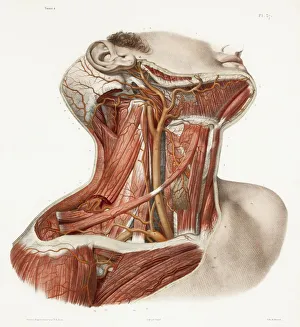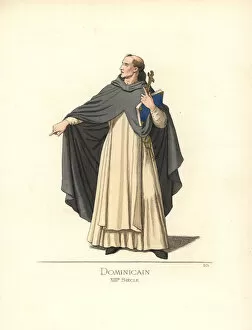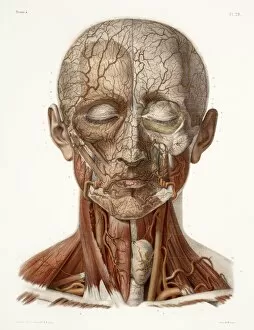Scapular Collection
The scapular, a fascinating object with deep historical roots, has captivated the attention of artists and scholars throughout the centuries
All Professionally Made to Order for Quick Shipping
The scapular, a fascinating object with deep historical roots, has captivated the attention of artists and scholars throughout the centuries. Its significance is not limited to religious contexts but extends to various realms of human knowledge. In the realm of anatomy, the scapular holds importance in understanding neck vascular anatomy and thoracic limbs. Engravings from 1866 depict detailed illustrations of these structures, shedding light on their intricate composition. Historical artwork also showcases the scapular's prominence. Munio of Zamora, a Dominican monk from the 13th century, immortalized this garment in his work. Perhaps even more intriguing is an unidentified scribe or chronicler who left behind a self-portrait on vellum while wearing a scapular. These depictions provide glimpses into medieval life and its connection to this sacred item. Moving forward in time, Scarsellino's masterpiece "The Virgin Adored by Saints" (ca. 1609) features characters adorned with scapulars as they pay homage to Mary. This painting highlights how deeply ingrained this symbol was within religious iconography during that period. Orthodox monks on Mount Athos continue to wear their distinctive version of the scapular today—a testament to its enduring legacy across Europe and beyond. Beyond artistry and spirituality lies another facet: war history. In Spain during 1859's War of Africa, Lepoldo O Donnell depicted soldiers donning their uniforms complete with scapulars—an unexpected yet poignant representation linking faith and conflict. Lastly, we encounter St. Dominic himself—1170-1221—a revered figure whose oil-on-canvas portrait showcases him wearing a prominent brown woolen scapular around his neck—an emblematic reminder of his devotion and dedication to God's service. From ancient anatomical studies to medieval manuscripts; from Renaissance masterpieces to modern-day monastic practices—the captivating presence of the scapular persists.

















